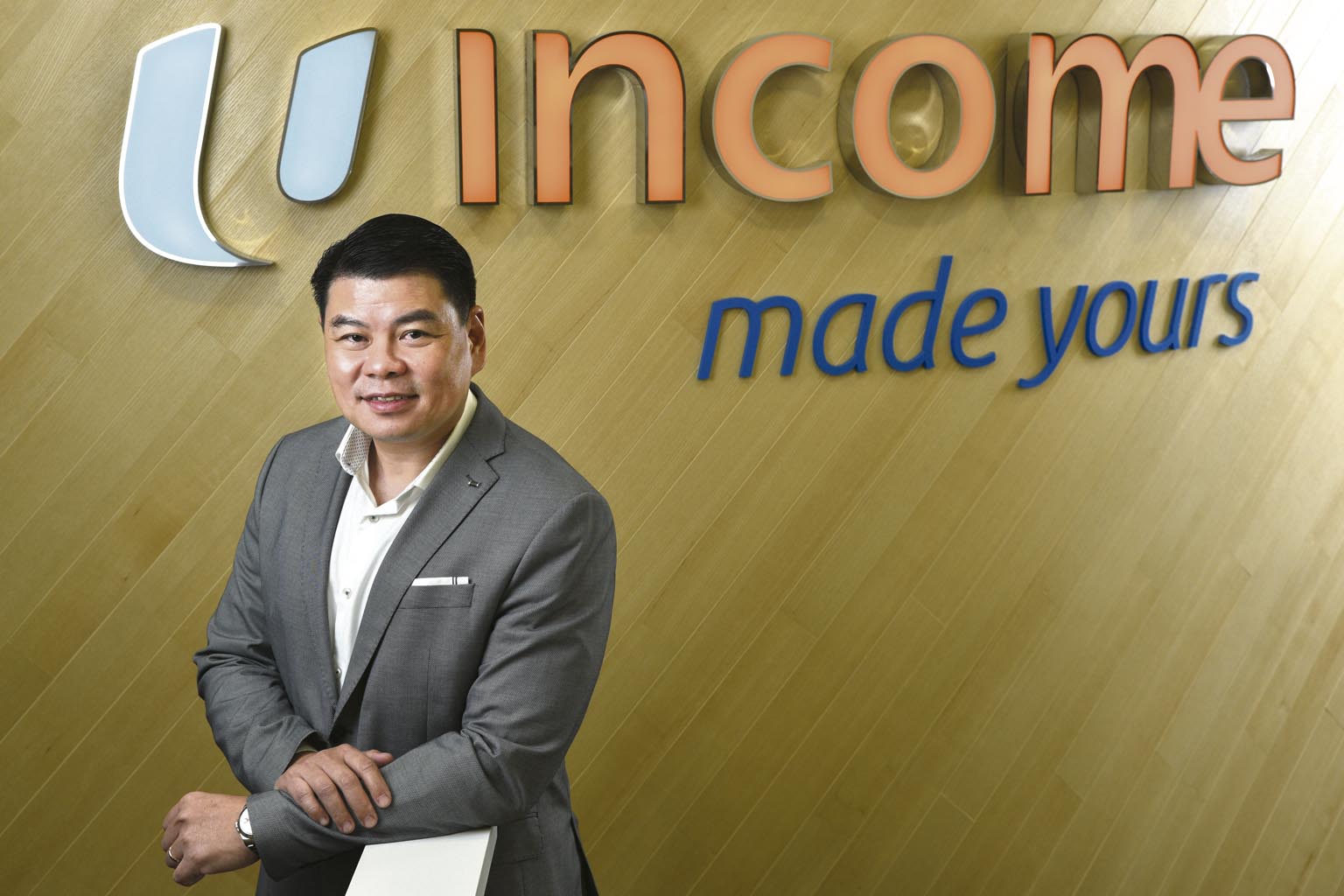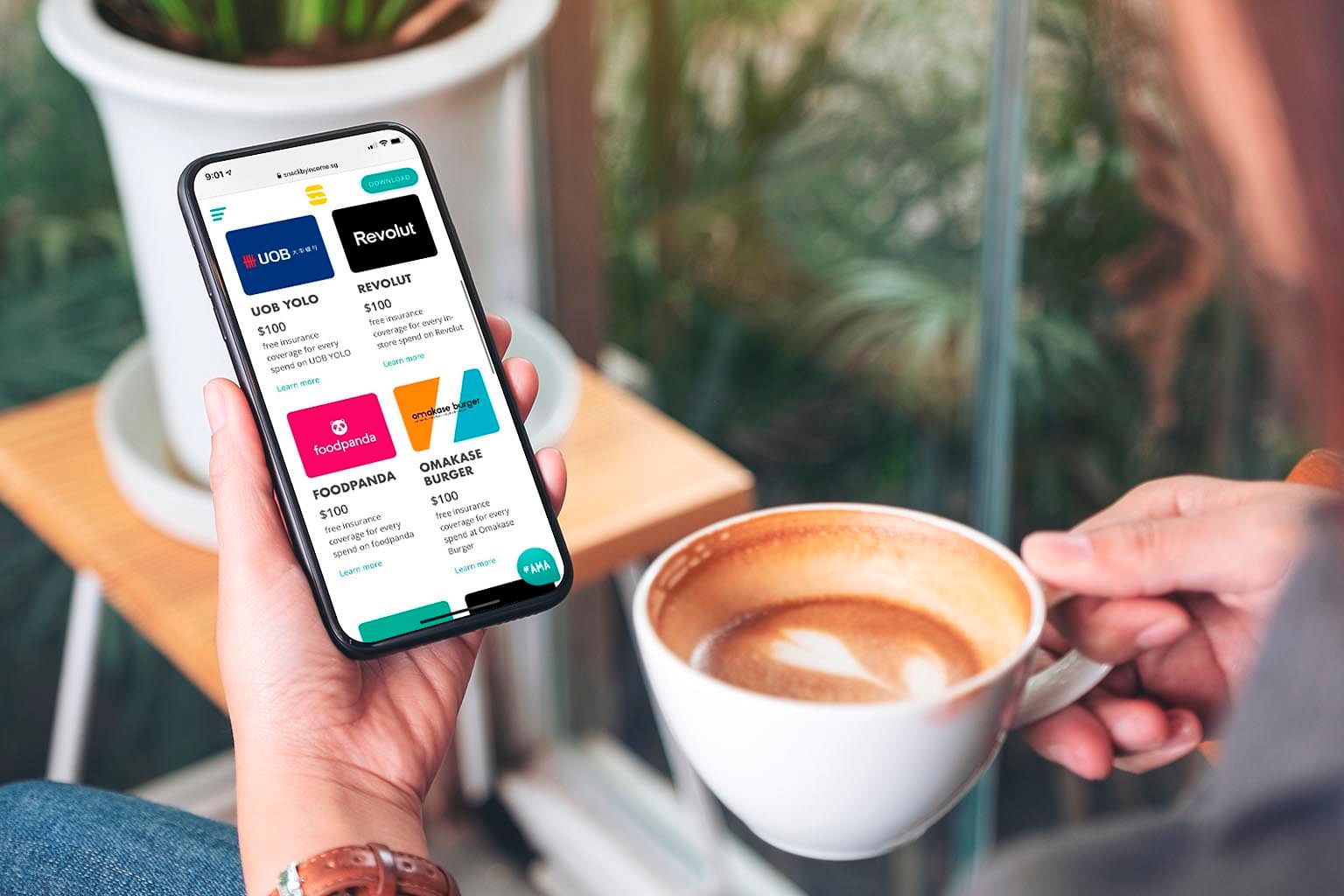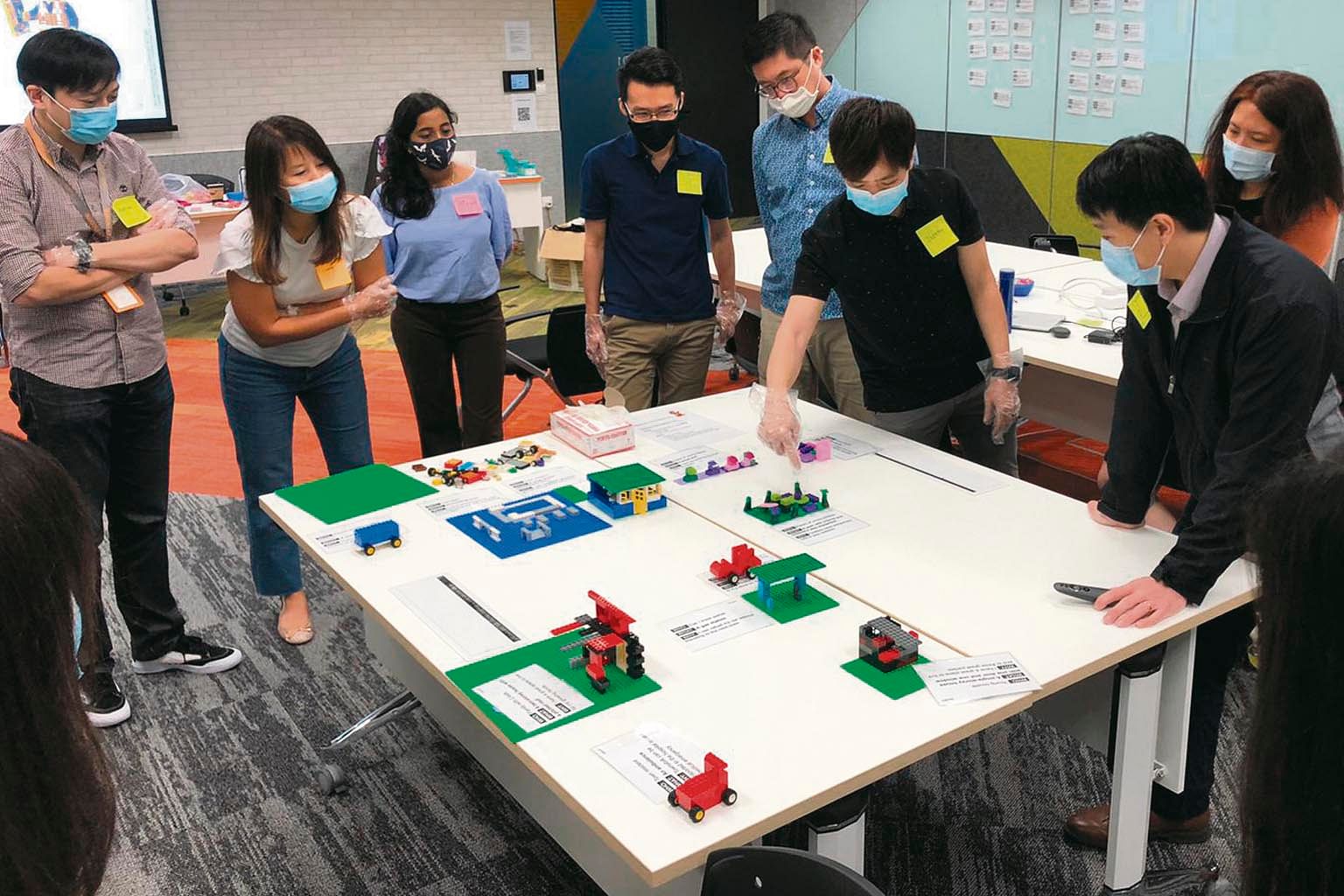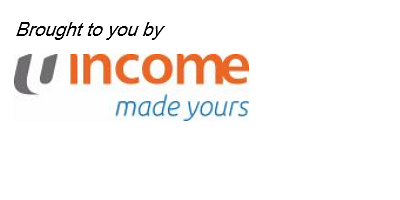BRANDED CONTENT
The future of insurance lies in giving control back to customers
NTUC Income chief executive officer Andrew Yeo discusses how technology-enabled personalisation is reshaping the customer journey and experience
Sign up now: Get ST's newsletters delivered to your inbox

NTUC Income chief executive officer Andrew Yeo believes that to understand the kind of product, loyalty rewards, service, and even time of engagement customers are looking for, hyper-personalisation is necessary. PHOTO: WEE TY
Follow topic:
What is the best way to engage today's customers?
Following a digital transformation journey that started four years ago, Income believes the way forward lies in giving customers the right solutions that meet their specific needs, through the right channel and at the right time.
Says its chief executive officer Andrew Yeo: "For the longest time, we have been designing what we think the customer needs and giving it to them. But now, consumers desire to take control of their own lifestyles.
"We want to understand, holistically, the kind of product they might be looking for, the kind of loyalty rewards, service, and even the time they want to be engaged."
To that end, Income has embraced hyper-personalisation, which Mr Yeo believes is the future of insurance. The tagline "Made Yours" - recently unveiled as part of Income's brand refresh - reinforces this message.
"Hyper-personalisation is the way to make insurance more relevant to customers to continue to meet financial needs and close protection gaps in Singapore," he explains, adding that this approach is about tapping on data to support customers so that they can find the right solutions and make the best decision based on their needs.
Unlike traditional insurance models drawn up based on market segmentation, hyper-personalisation is able to offer a holistic 360-degree view of the individual consumer. This more targeted approach reaches customers with the relevant information, at the right time and via their preferred channels.
For instance, it effectively addresses the needs of not only a new mum browsing insurance-related information online late at night, but also a career-driven DINK (an acronym for double income, no kids) discussing life insurance and legacy-building offerings after office hours with her financial advisor.
"Everybody's needs are different. That whole process of making a decision is different, so the interaction that each customer wants is different," he says.
Data and technology as building blocks of hyper-personalisation
To better understand its customers, Income embarked on a digital transformation journey four years ago, investing in building tech stack to perform analytics, and apply machine learning for a sharper view of its customers.
It also started a data journey - alongside the digital transformation - that has harnessed valuable insights from troves of rich data gathered at different interaction points with customers across online and offline platforms.
A key differentiator for any brand or company today, stresses Mr Yeo, is the customer experience.
"It is about the kind of experience you can create for the customer, drawing him or her in, and giving the kind of interaction that fits. That way, they feel that you really understand them," Mr Yeo says.
With a customer base of two million and offering life, health and general insurance, Income has a wealth of data to draw from.
"Our data is very rich. We are able to have a better understanding of our customers by analysing and leveraging it... How you use data to draw customers closer to you will be where the war is fought."

Affordable and accessible insurance for all
With improvements made to its data analytics and tech capabilities, Income has been able to reach underserved markets with new insurance innovations such as Critical Illness: Pay Per Trip (CIPPT), Milesurance and SNACK.
Micro-insurance plan CIPPT was created based on feedback from private-hire drivers that they were unable to commit to a fixed premium for critical illness policies because of salary fluctuations. It enables drivers to contribute as little as $0.10 per trip to accumulate protection at a comfortable rate.
Income has since paid out three critical illness claims to Grab drivers, one of whom was diagnosed with cancer and managed to claim the full sum assured of $200,000.
"If we didn't have the product, three families would be in financial trouble. That gives us a lot of motivation to continue," says Mr Yeo. CIPPT now covers more than 3,300 Grab driver partners.
Ultimately, he adds, insurance still has to serve its original purpose: to protect against an unforeseen event. The difference is how the customer goes about interacting with Income to obtain products and services that suit their lifestyle.
"The new business models allow new customers an opportunity to experience us," he notes.
Engaging customers through omni-channel experience
One key insight Income drew from its data is that depending on the type of insurance purchase, customers prefer a different journey.
Whereas small-ticket items such as travel and motor insurance can typically be purchased via a straightforward online transaction, the customer expects a different journey when buying health and life insurance.
"As the ticket size grows, the way customers prefer to interact with insurance companies changes because more is at stake. To make a decision to buy a life insurance product, the financial advisory process is important," Mr Yeo explains.
So how do you apply the right channel at the right point in time for the customer for that particular need?
The answer lies in the ability to understand and learn from data, and applying what is learnt to create an omni-channel customer experience. The intent is to build a single view of customers across our channels, be it online, via our financial consultants or call centre so that customers engage with Income seamlessly.
Customers can engage Income online, or through face-to-face interactions with financial consultants, service branches as well as a call centre.
"With our omni-channel platform, your experience with us is seamless," he adds.

People at heart of transformation
While technology can become dated and obsolete, people with the right mind-set will always innovate and drive change, which is key to keeping the company at the forefront of the industry.
Changing the company culture has been part of the transformation journey.
Income's 1,200-strong workforce underwent design-thinking courses to speak a unified language and deliver positive experiences at every stage of the customer journey. Mr Yeo adds that the company's goal this year is "to make sure everybody understands data".
Agile, cross-functional teams are able to solve business problems holistically, with a focus on customer-centricity.
Says Mr Yeo: "Four years ago, we wouldn't have imagined we would have all these innovative products going to market. More importantly, this way of working has gone beyond transforming the team, and into Income as an organisation."
Earlier this year, SNACK was one of the global winners of the 2021 US CIO 100 awards. It also bagged an Infocomm Media Development Authority and SGTech SG:D Techblazer Award for Best Adoption Enterprise.
Despite local and international recognition, Income is not resting on its laurels. Its journey to understand the evolving needs of its customers continues.
"There is more work that we need to do to continue on this momentum we have created, to further refine how we can better understand our customers," Mr Yeo says.
"The way to future-proof the company would be to build an organisation that is innovative, resilient and customer centric."
This is the first in a three-part series on how NTUC Income is navigating the fast-changing insurance landscape.
Innovating to keep insurance accessible
Income's development of lifestyle-based insurance models has enabled it to reach out to previously underserved segments to meet their financial needs
Recognising the needs of the digital-first generation, SNACK has reimagined the way customers buy insurance as it allows users to pay micro premiums as low as $0.30 linked to selected daily lifestyle activities, such as taking public transport or paying for a meal.
Another insurance solution is Milesurance, created in a partnership with car rental company Carro. Through it, drivers only pay for motor insurance based on the mileage they drive. To date, it has insured more than 500 cars in Singapore.
Also part of Income's suite of micro-insurance products is Droplet, an innovation driven by the desire to address the pain points of price hikes on ride-hailing platforms when it rains.


